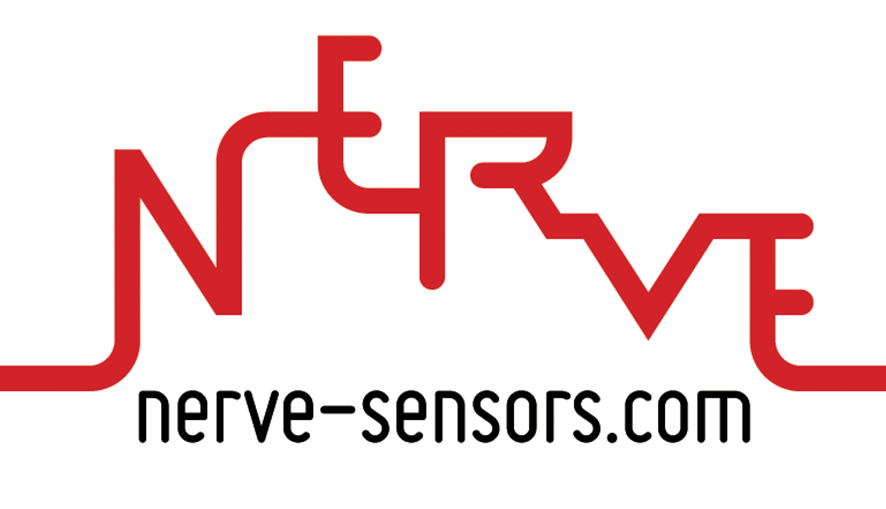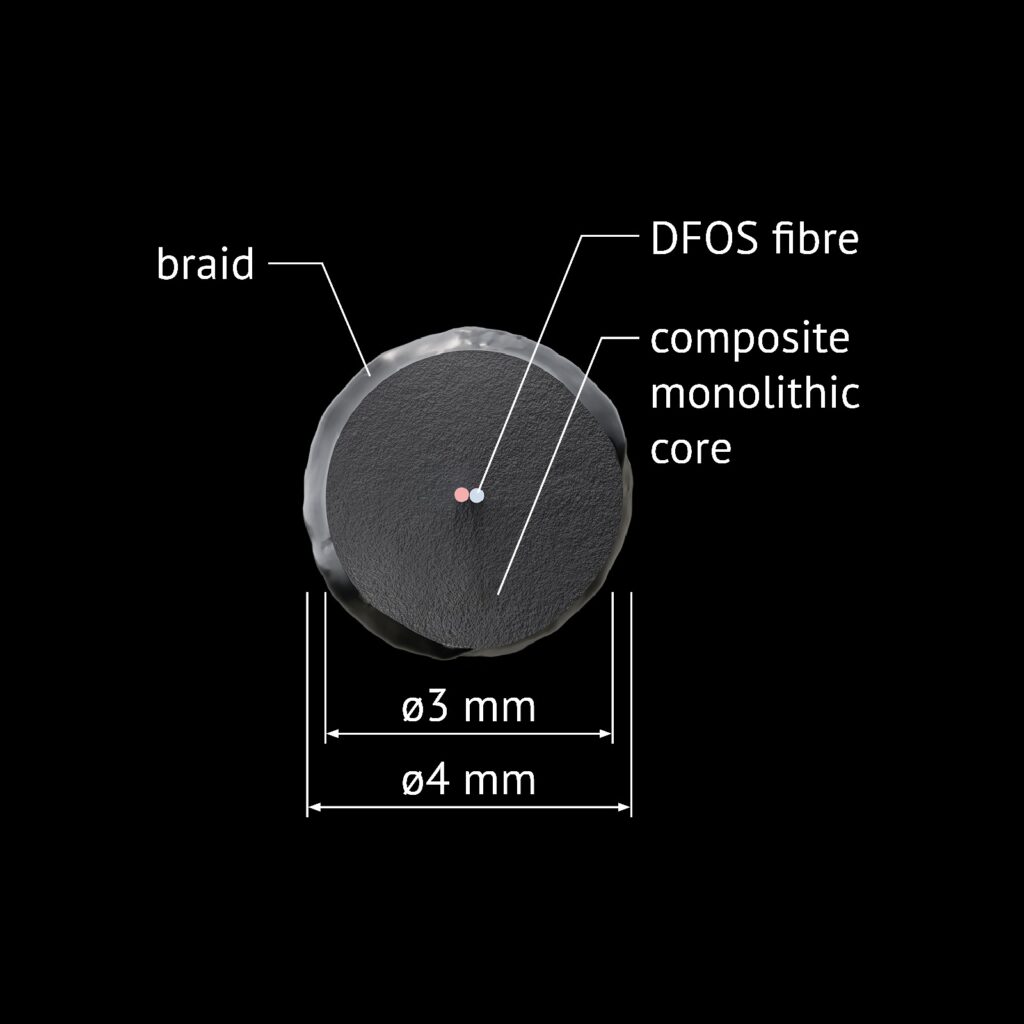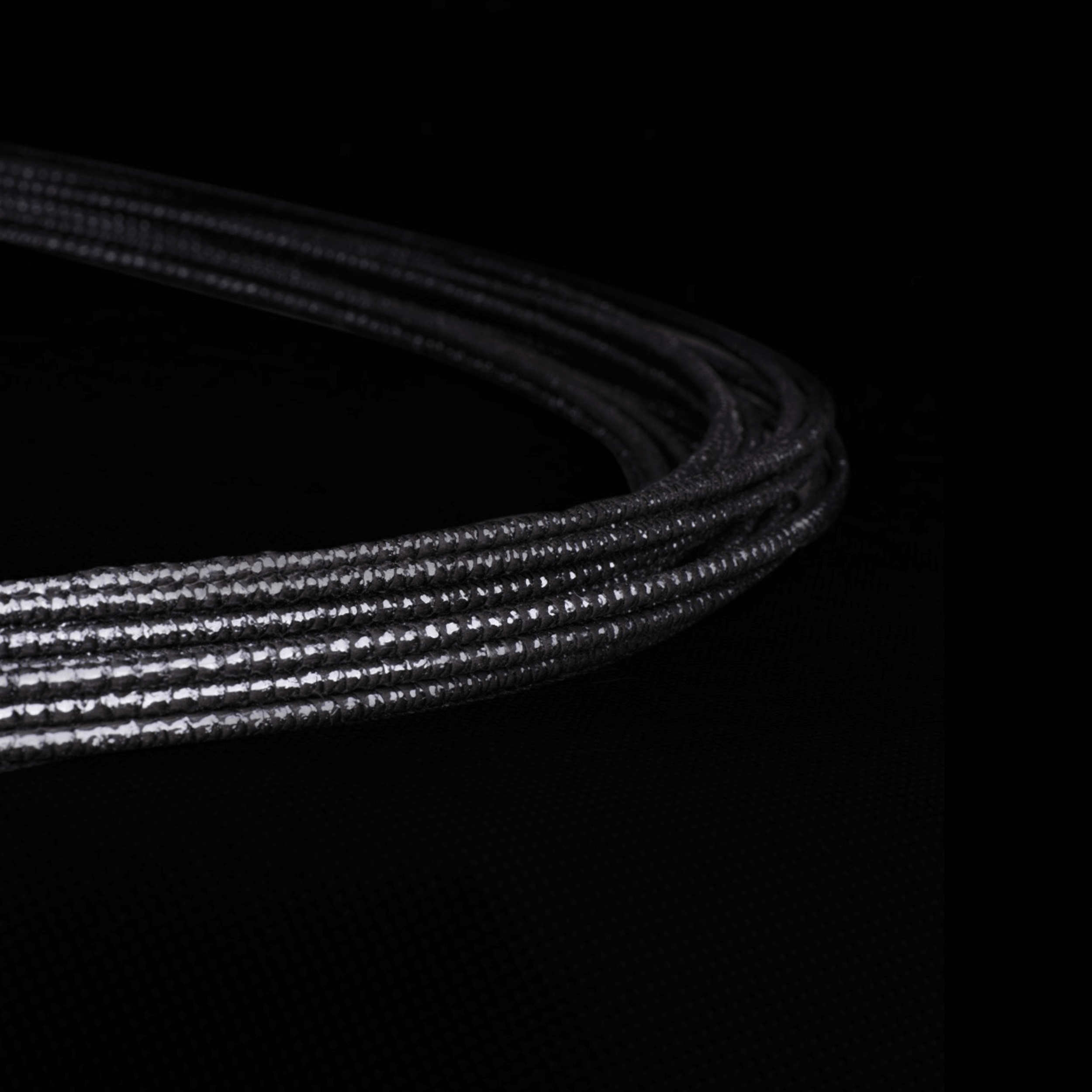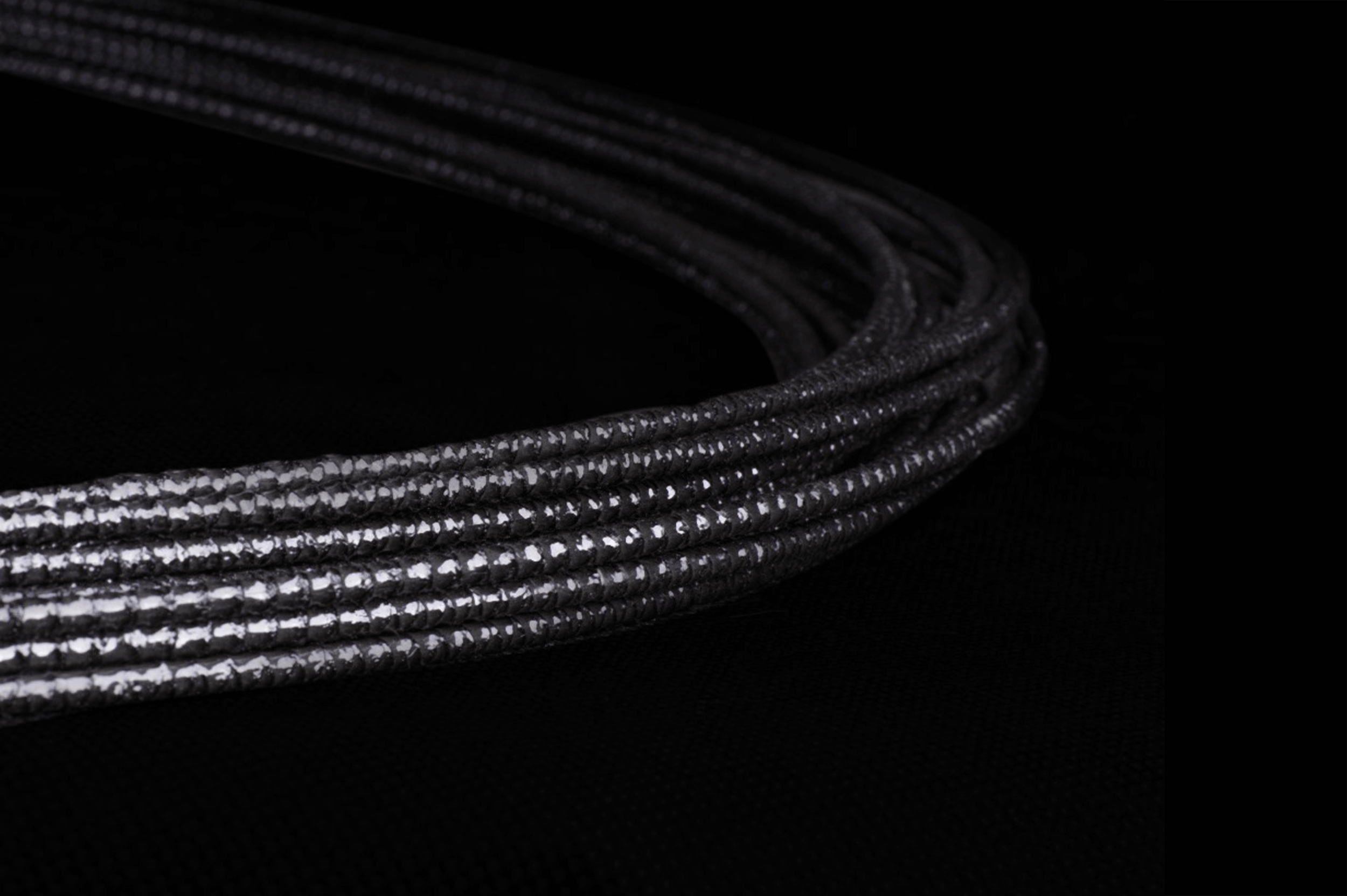
EpsilonGraph
DFOS sensor designed for simultaneous measurements of temperature and structural strains.
EpsilonGraph – the younger cousin of EpsilonSensor is characterised by improved thermal conductivity thanks to the graphite additive, while maintaining an excellent strain range of up to ±4%. Together with the mon lithic cross-section and low elastelasticity modulus, it reflects precisely the actual deformation of the monitored structure over its entire length while, at the same time, mapping its temperature.
EpsilonGraph – the younger cousin of EpsilonSensor is characterised by improved thermal conductivity thanks to the graphite additive, while maintaining an excellent strain range of up to ±4%. Together with the mon lithic cross-section and low elastelasticity modulus, it reflects precisely the actual deformation of the monitored structure over its entire length while, at the same time, mapping its temperature.
Lightweight, with a small be ding radius and low stiffness, the sensor is easy to install in any shape and does not affect the behaviour of the structure being monitored.
EpsilonGraph Advantages
Physical Quantities Measured
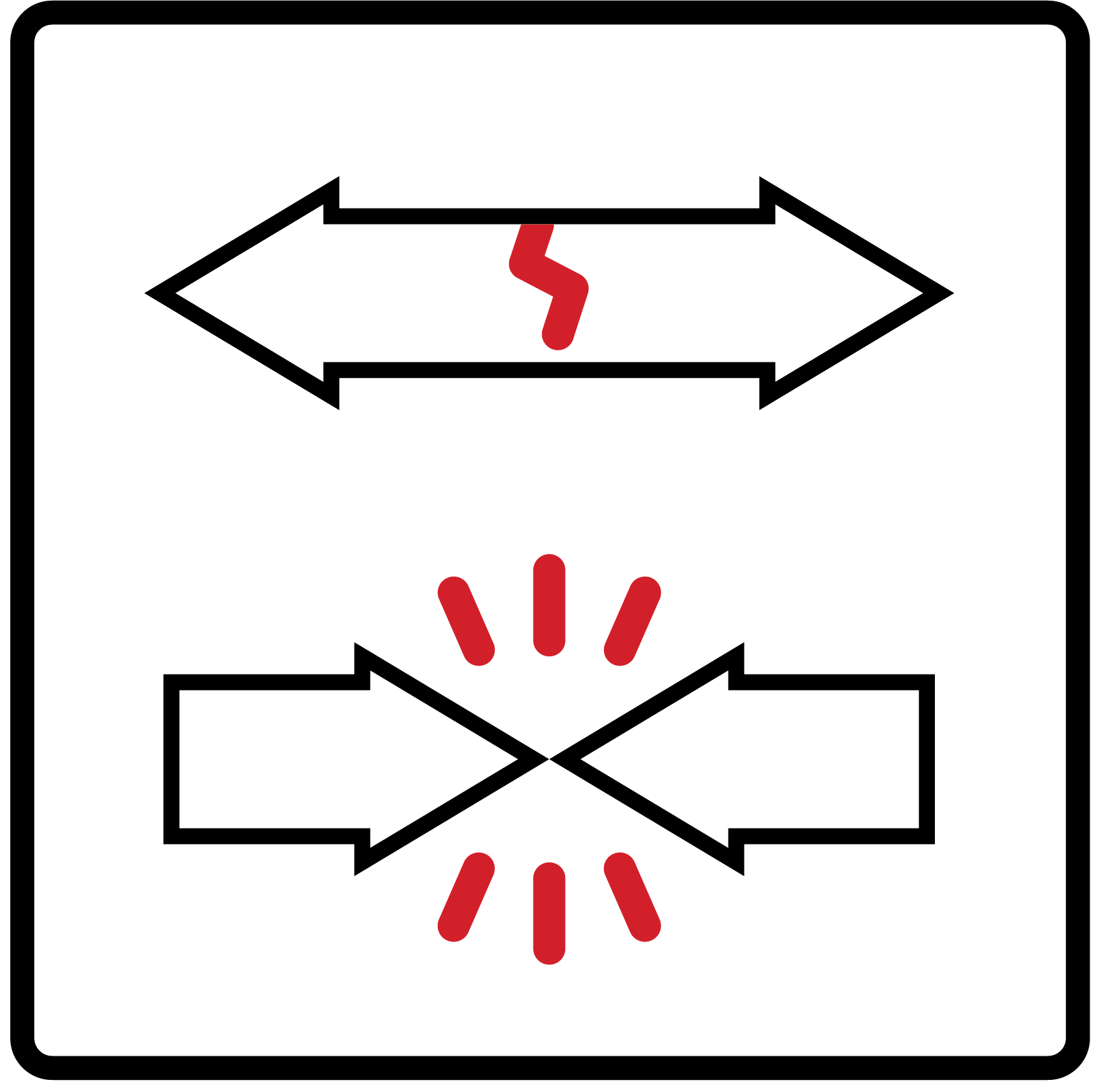
DSS
Strain and crack
Strain and crack

DTS
Temperature
Temperature
Typical Materials
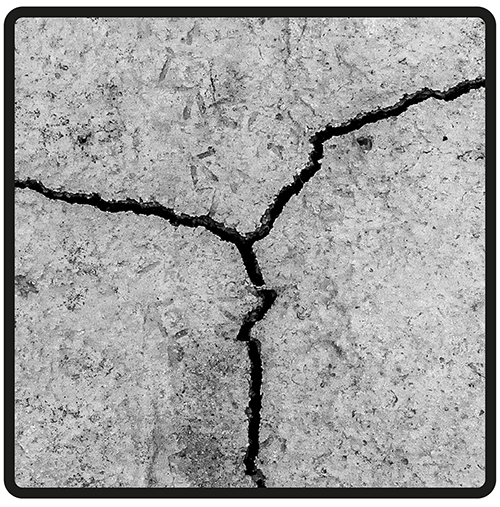
Concrete
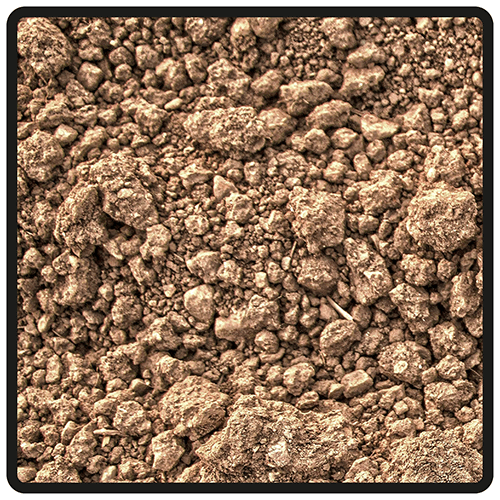
Soil
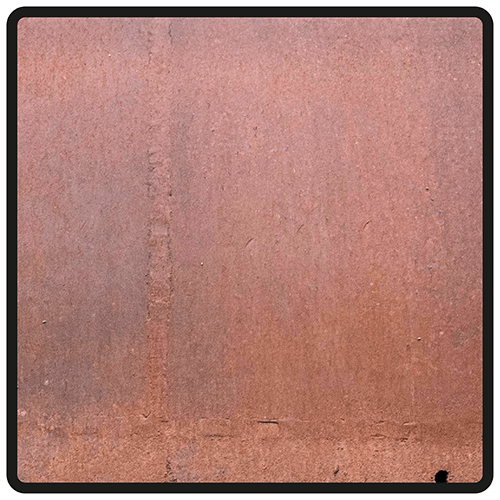
Steel
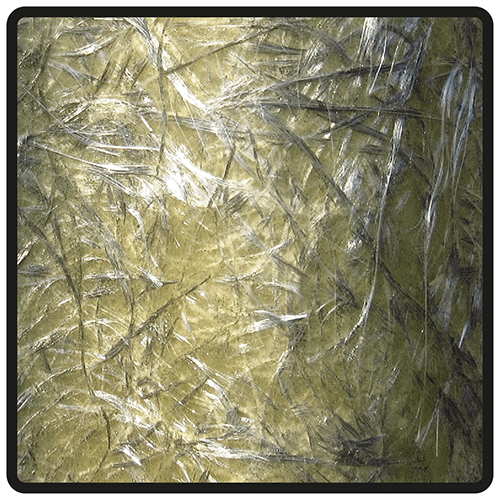
Composite
EpsilonGraph Application Areas
Structures | Bridges | Piles | Slurry walls | Roads | Dams | Embankments | Pipelines | Tunnels | Railways | Earthworks | Geotechnics | Landslides | Minings | Laboratories… and more

EpsilonGraph during mechanical load tests in the laboratory

EpsilonGraph tied to the existing reinforcement

EpsilonGraph before installation in a bridge slab

Installation of EpsilonGraph in near-to surface groove of prestressed concrete beam
EpsilonGraph Technical Specifications
Strain resolution
1 μɛ
Strain range – both in compression and tension
±4%
Elastic modulus
3 GPa
Sensor diameter1
ø5 mm, ø3 mm, ø2 mm
Bending radius
ø2 mm (non-braided) – 40 mm / 4 kg/km
ø3 mm (braided) – 100 mm / 13 kg/km
ø5 mm (braided) – 200 mm / 30 kg/km
Sensor weight
45 kg/km (for Ø5 mm)
Unidirectional outer braid
braided (ø5, ø3 mm)
non-braided (ø3, ø2 mm)
Operating temperature2
-20 to +80°C
Core material
PLFRP+G (polyester fibers + epoxide + graphite)
Scattering compatibility
Rayleigh, Brillouin, Raman
Number of sensing fibres3
2
Type of the fibre4
single mode SM / multimode MM
Attenuation5
< 0.3 dB/km
Sensor length6
up to 2 km
1 Standard (other diameters available on request)
² Standard (extended temperature range available on request.
3 Standard (more fibres available on request)
4 Standard (other fibres available on request)
5 At 1550 nm wavelenght
6 Sensors can be connected in series
² Standard (extended temperature range available on request.
3 Standard (more fibres available on request)
4 Standard (other fibres available on request)
5 At 1550 nm wavelenght
6 Sensors can be connected in series
EpsilonGraph Installation
Each installation should be designed individually, taking into account specific requirements and local conditions.
1. Embedding inside new structures (concrete or ground). This approach is best because it ensures optimal bonding properties, natural protection against mechanical damage and direct sunlight influence. It also allows measurements to be taken from a true strain-stress state and offers the best aesthetics (no visible components on the surface).
2. Installation in near-to-surface grooves for existing structures. This method requires the preparation of the surface by cutting the grove, the size of which depends on the sensor diameter. It is then filled with a chemical anchor just before mounting the sensor. This method offers similar advantages like embedding.
3. Bonding directly to the sanded, cleaned and degreased structural surface. This approach is relatively simple, but has several drawbacks in terms of durability, resistance and sensitivity to external conditions. It can therefore only be used for short-term measurements with stable thermal conditions. It is also important to choose a suitable adhesive.

Embedding inside new (or existing) structures (soil)

Installation in near-to-surface grooves for existing structures

Embedding inside new structures (concrete)
EpsilonGraph FAQ
What is the diff erence between the EpsilonSensor and EpsilonGraph?
When do you recommend using EpsilonGraph?
